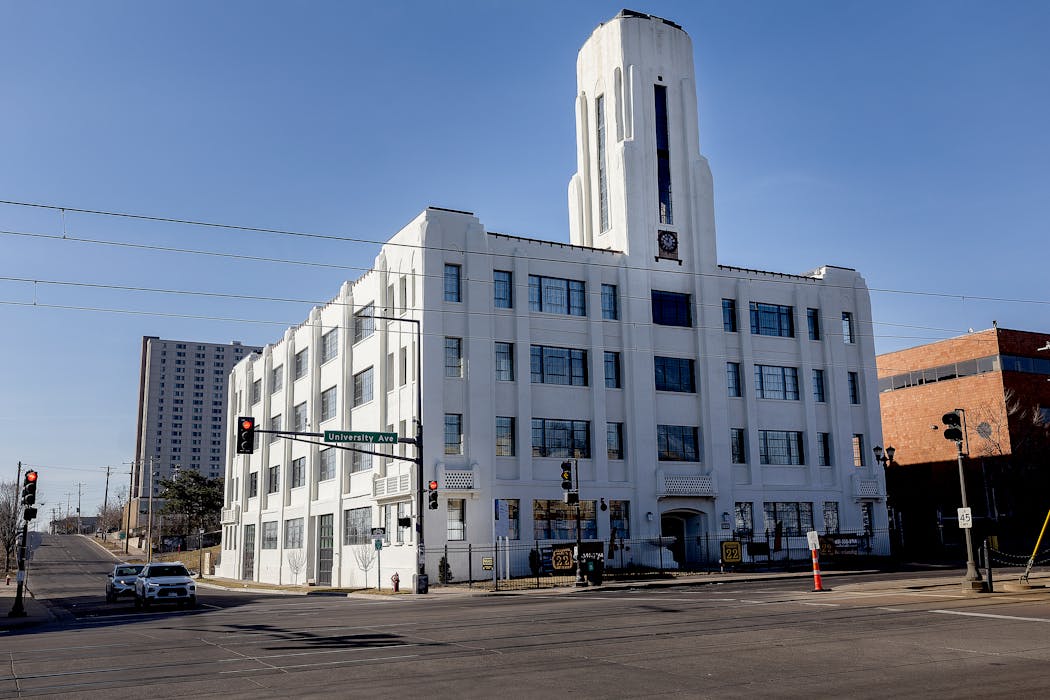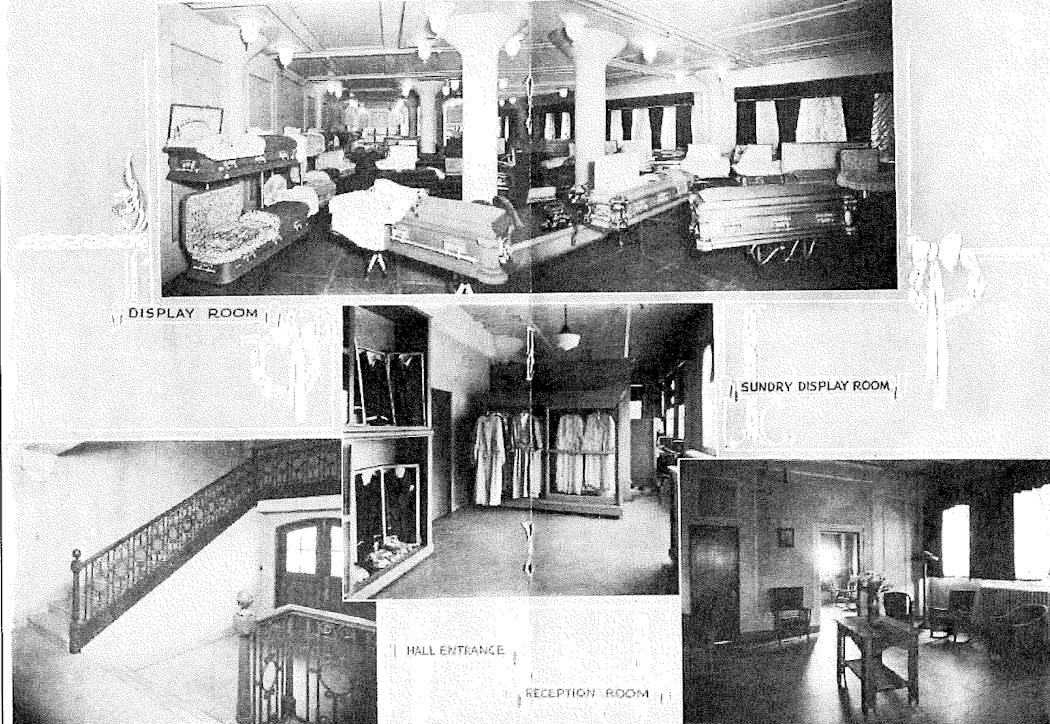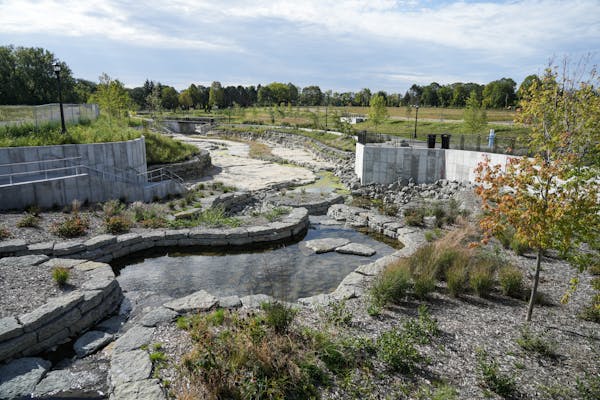For years, Fiona Eustathiades has driven past the striking building on St. Paul's University Avenue with the clock tower, wishing she had several million dollars to turn it into low-income housing.
Soon, she'll live there. Eustathiades, 65, got the keys to her sunny one-bedroom apartment with high ceilings and big windows in February. She is in the process of moving in as she looks to downsize to an affordable place as she plans for retirement from working with people with developmental disabilities. As a bonus, the apartment is a short walk from her job and is near where her mother, whom she cares for, lives.
When she and her mom — both fans of old houses — toured the apartment, "we walked into the apartment and were like, 'Whoa, this is nice,'" she said. "You don't get apartments with big windows and light — especially in low-income."
The modern Gothic-style building, which turned 100 last year and is on the National Register of Historic Places, recently opened as Twelve22 Living, an apartment building with 55 income-limited affordable housing units. St. Paul developer JB Vang extensively renovated the building — a casket factory in its first life and offices and warehousing later on — into one- and two-bedroom apartments.
Twelve22 was the first project to receive aid from a St. Paul fund designed to help build deeply affordable housing, as defined under federal housing standards at 30% or less of area median income. It also received support from state and federal historic tax credits, low-income housing tax credits, tax-exempt bonds and tax increment financing from the city, among other sources, said Ashley Bisner, senior development manager at JB Vang.
"When we say affordable housing, we don't mean cheap housing." St. Paul Mayor Melvin Carter said at a ribbon-cutting ceremony for the building in January, praising the finishes in the apartments and wide hallways. "This is a place where neighbors in our community can afford to live with dignity."
Fifteen of the units are considered affordable for people at 30% of area median income, with rent between $665 and $785 per month. Forty units considered affordable at 60% of area median income rent for between $1,365 and $1,624. JB Vang has agreed to keep the units affordable for 50 years.
In St. Paul, there are fewer than 14,000 units of housing considered affordable at 30% or less of the area median income — and most of them aren't income-restricted, meaning people in higher income brackets may live in them, said Tara Beard, St. Paul's housing director. Meanwhile, there are about 27,000 families in the city who make 30% of the area median income or less. The shortage of units at 60% of area median income is only somewhat less dire. Additionally, Beard noted what's defined as area median income is based on the broader metro area, not just St. Paul, where median incomes are significantly lower.
"What is especially fantastic about this project is that it's all affordable, but at very different levels," Beard said. That helps toward the city's goals of building more deeply affordable housing in mixed-income buildings and neighborhoods.
The St. Paul Casket Co. built the factory and showroom in 1922-23, according National Historic Register nomination materials. The company had outgrown its North St. Paul location as increasing professionalization in the funeral industry created demand for professionally made caskets.
Instead of building a sprawling site, the casket company made use of available space in a "vertical urban factory" model, the nomination says, using different floors of the building for different parts of the manufacturing process, culminating in a showroom on the second floor. The building's later uses include Snyder Drug and Landfill Books and Music.
Many aspects of the building's original architecture, including a staircase with wrought iron, as well as ornate plaster work, have been restored and kept in place. Others, like the old freight elevator gate, are on display elsewhere in the building. The clock in the tower has been refurbished, too.
Because the building was rehabilitated with state historic preservation tax credits, developers had to preserve characteristics of the original structure, Bisner said. Some apartments in the building's former casket showroom include terrazzo floors; others, wall cutouts that highlight the building's mushroom-shaped columns, a hallmark of industrial buildings of the era.
"Each one's a little bit quirky and has their own differences," said Gene McClurg, regional manager for Premier Housing Management, the property manager.
Interest in the building's apartments has been high, Bisner said. The company received about 400 applications to live at Twelve22 just after the leasing process opened.
Kori Scott found Twelve22 on HousingLink.org, a local affordable housing website. She applied, and she and her young daughter moved into Twelve22 in January. Scott said there's much to love about their new apartment, including an in-unit washer and dryer, a grocery store within walking distance and thick walls that dampen almost any sound coming from University Avenue.
"All the exposed brick," she said. "I just love it."

In Grand Rapids, Itasca Pride is planning its first event, but there is already pushback
One person shot at YMCA in Coon Rapids

BCA says man pointed pistol-style BB gun at officers before he was shot in Woodbury

Former diversity worker sues University of Minnesota after firing over swastika photo




